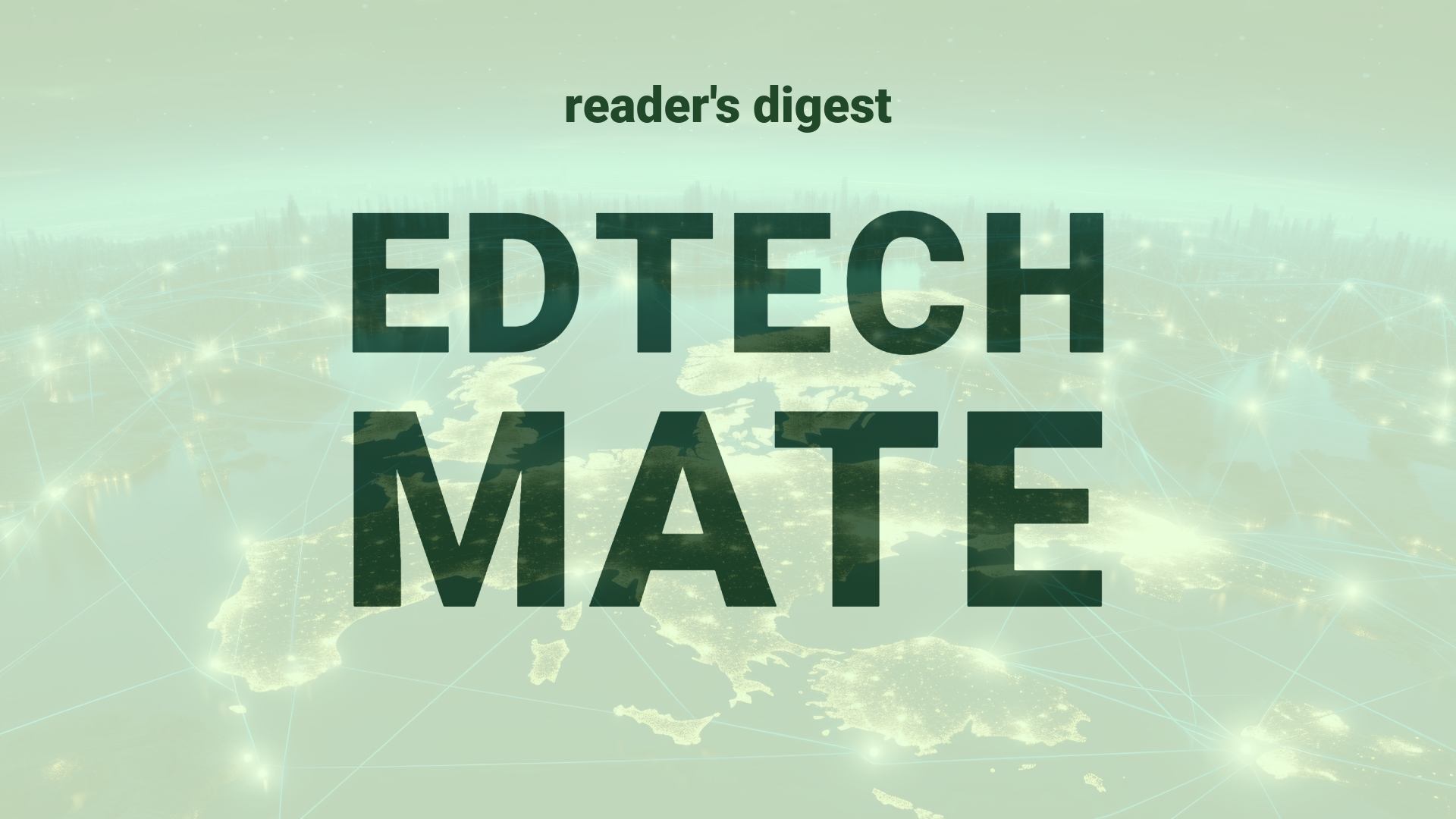Executive Summary and Main Points
In the current landscape of digital transformation, the data center sector is experiencing a revolutionary shift characterized by the migration to cloud platforms, the proliferation of hybrid and remote work models, and the adoption of AI and ML technologies. This evolution demands data centers to be performance-ready and future-proof. Key factors shaping this dynamic include operational complexity simplification, AI/ML workload preparation, and prioritization of sustainability. Advancements in agility, elasticity, cognitive intelligence, and AI/ML-augmented automation are instrumental in creating efficient, scalable, and environmentally-conscious data center strategies.
Potential Impact in the Education Sector
The embracement of AI and digitalization in the education space, particularly within Further Education, Higher Education, and Micro-credentials, could be profound. Advanced data center capabilities can offer educational institutions the means to optimize operations and enhance digital learning experiences. By utilizing AI/ML-augmented infrastructure, academic networks can become more adaptable and predictive, ensuing in reduced downtime and improved remote learning environments. The strategic partnerships formed with technology providers like Cisco could facilitate the smooth integration of these capacities, leading to better outcomes in research, pedagogy, and collaboration.
Potential Applicability in the Education Sector
AI and digital tools have the capacity to radically transform global education systems. For instance, AI/ML workloads can process vast amounts of educational data, fostering personalized learning and advanced research analytics. Implementing low-code and no-code orchestration platforms can empower educators and administrators to craft custom workflows with ease, supporting adaptive learning environments. In terms of network infrastructure, scalable and modular design principles can allow for flexibility in resource allocation, which is particularly essential in rapidly changing educational settings. There’s also an opportunity in using real-time power consumption monitoring to make informed decisions on IT usage in alignment with sustainability practices.
Criticism and Potential Shortfalls
Despite technological advancements offering numerous benefits, they also present several challenges. The reliance on complex AI/ML systems could widen the digital divide in education between well-funded institutions and those with limited resources, both domestically and internationally. Additionally, manual errors and system misconfigurations remain critical issues, potentially disrupting educational operations. International case studies reveal varying levels of preparedness and capacity to implement advanced data center technologies, suggesting the need for context-specific solutions. Ethical considerations such as data privacy, security, and the cultural context of educational content are also paramount, requiring comprehensive governance frameworks.
Actionable Recommendations
For educational leaders, the time is ripe to harness the power of digital transformation through strategic investments in AI and network modernization. To commence, conduct thorough assessments of current IT infrastructure and identify gaps in AI/ML readiness. Promote digital literacy and inclusivity to ensure equitable access to these cutting-edge technologies. Establish strong alliances with technology providers for customization and scaling of products. Implement modular designs to future-proof investments, focusing on reducing e-waste and energy consumption. Finally, investments in professional development programs for educators, IT staff, and administrators are vital to maximize technology adoption, create agile learning systems, and set a sustainable course for the future of education.
Source article: https://www.cio.com/article/2097653/transform-the-modern-data-center-from-today-to-the-future.html

